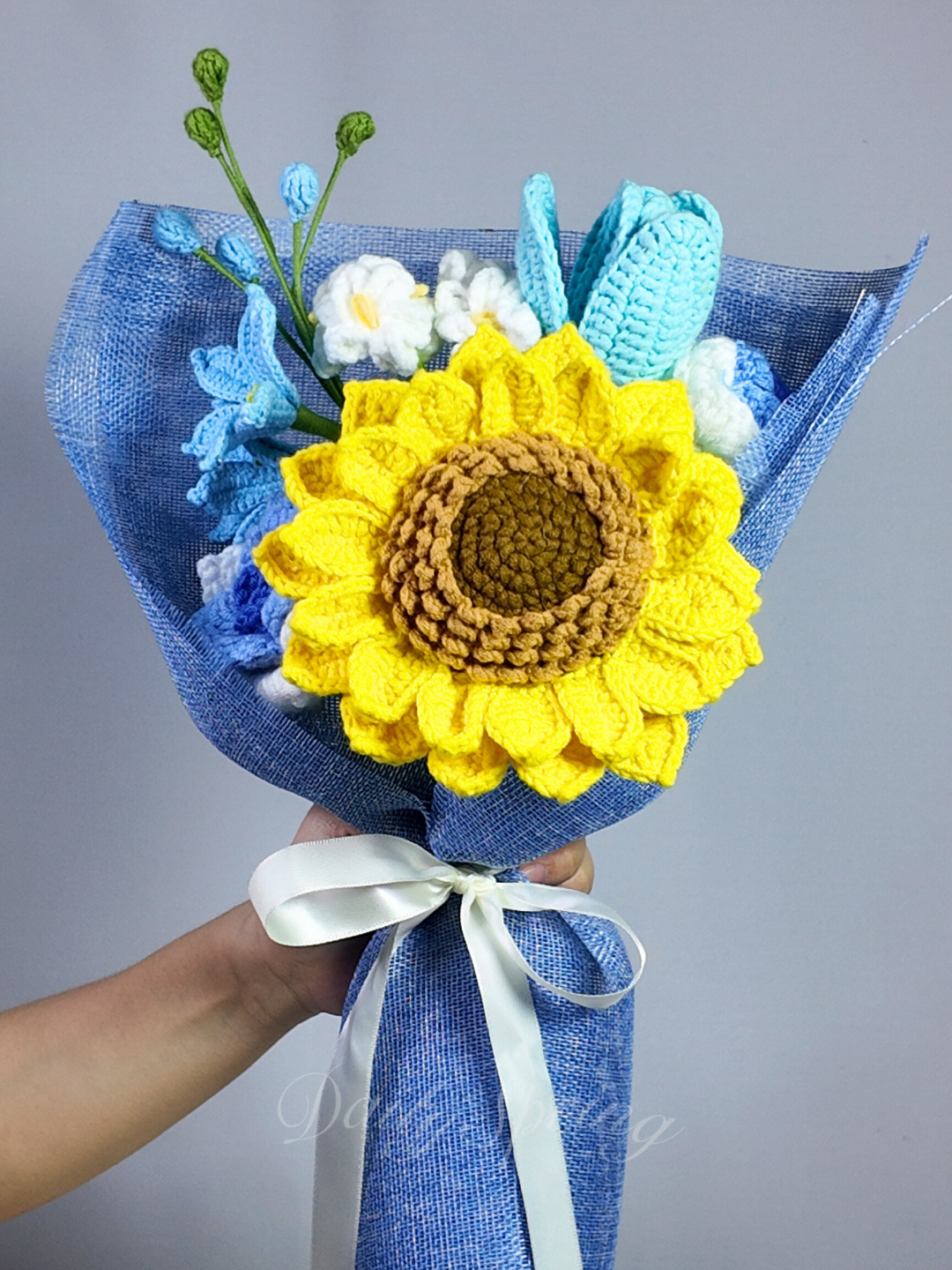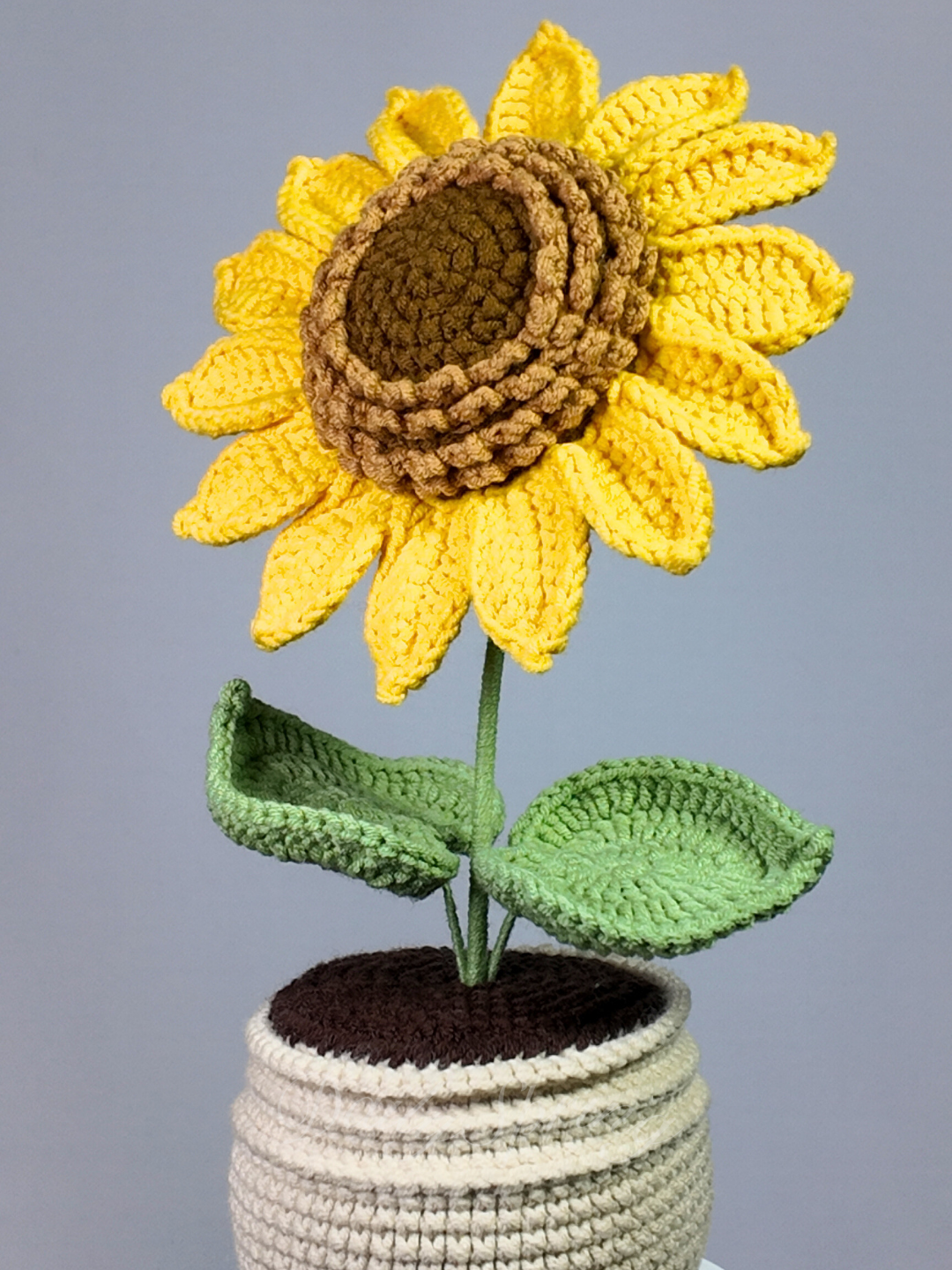
Beyond the Snap: Why Snapdragons Deserve a Spot in Your Garden

They stand like colorful sentinels in the garden, their unique blooms whispering tales of mythical beasts and offering a playful crunch between curious fingers. Snapdragons (Antirrhinum majus) are far more than just cheerful summer annuals; they're resilient charmers with a fascinating story and undeniable garden value. Let's dive into the world of these captivating flowers.
A Name That Fits (and Snaps!)

The name "snapdragon" is pure poetry in action. Gently squeeze the sides of a bloom, and its "mouth" snaps open like a tiny dragon's jaw – a feature that delights children and adults alike. This ingenious mechanism evolved for pollination, requiring strong insects like bumblebees to push their way in, ensuring effective pollen transfer. It’s nature's clever design and endless entertainment rolled into one!
A Rainbow of Resilience
Originating from rocky Mediterranean slopes, snapdragons inherited a tough constitution. They thrive in cooler weather, often blooming spectacularly in spring and fall, even when summer heat makes other flowers fade. While technically tender perennials (zones 7-10), they’re most commonly grown as annuals almost everywhere, providing long-lasting color.

One of their greatest assets is their incredible range:
- Heights: From petite 6-inch dwarfs perfect for borders and containers, to medium 15-24 inch varieties ideal for beds, right up to majestic 3-foot-tall spikes that make stunning cut flowers.
- Colors: Dive into a vibrant palette! Find snapdragons in fiery reds, sunny yellows, pure whites, soft pinks, deep burgundies, nearly black purples, and sunny oranges. Many boast charming bi-colors too.
- Forms: While the classic dragon-snout bloom reigns supreme, look out for open-faced "butterfly" types and elegant double-flowered varieties.
Bringing Snapdragons to Life in Your Garden

Ready to add some dragon magic? Here’s how:
- Sun Seekers: They crave full sun (at least 6 hours daily) for the strongest growth and most abundant blooms. A little afternoon shade is tolerated in very hot climates.
- Drainage is Key: Like their Mediterranean roots suggest, they hate wet feet. Plant them in well-draining soil. Amend heavy clay or consider raised beds or containers.
- Timing: For spring blooms, start seeds indoors 8-10 weeks before your last frost, or plant seedlings after the danger of hard frost has passed. For fall color, plant seedlings in late summer/early autumn. They often self-seed gently!
- Simple Care:
-
- Water: Keep soil consistently moist, especially during establishment and hot spells, but avoid waterlogging.
- Deadhead: Regularly pinch off spent flower spikes just above a set of leaves. This encourages branching and a continuous flush of blooms right up until frost.
- Pinch: For bushier plants, pinch back the tips of young seedlings when they have a few sets of leaves.
- Fertilize: A light application of balanced fertilizer at planting and maybe once mid-season is usually sufficient in decent soil.
Bonus Perks:
- Cut Flower Royalty: Tall varieties are excellent cut flowers. Harvest when about 1/3 to 1/2 of the florets on the spike are open. They last remarkably well in a vase, adding vertical drama to arrangements.
- Pollinator Friendly: Bees, especially bumblebees, adore them. You’ll be supporting your local ecosystem.
- Deer Resistant (Often): Their slightly bitter taste makes them less palatable to browsing deer than many other garden treats.
- Fragrance: Some older varieties and heirlooms possess a delightful, subtle sweet fragrance, especially noticeable in the evening.
A Touch of Lore
Beyond their playful nature, snapdragons carry interesting symbolism. Traditionally, they represented both graciousness (due to their elegant spikes) and deception (perhaps because of their dragon-like jaws hiding a sweet interior). They were sometimes thought to offer protection against witchcraft in folklore.
The Undeniable Charm

Snapdragons bring a unique combination of whimsy, resilience, and vibrant beauty to the garden. They bridge seasons, offer endless color choices, provide fantastic cut flowers, and engage us with their simple, interactive fun. Whether you tuck dwarf varieties into pots, create a ribbon of color with mid-sized types, or make a dramatic statement with towering spikes, snapdragons deliver.
So, next time you're planning your garden, don't overlook these floral dragons. Give them a sunny spot with good drainage, and prepare to be enchanted by their snap, their color, and their enduring charm. They truly are more than just a pretty face – they’re a gardener’s delight and a dragon’s whisper in the breeze.



